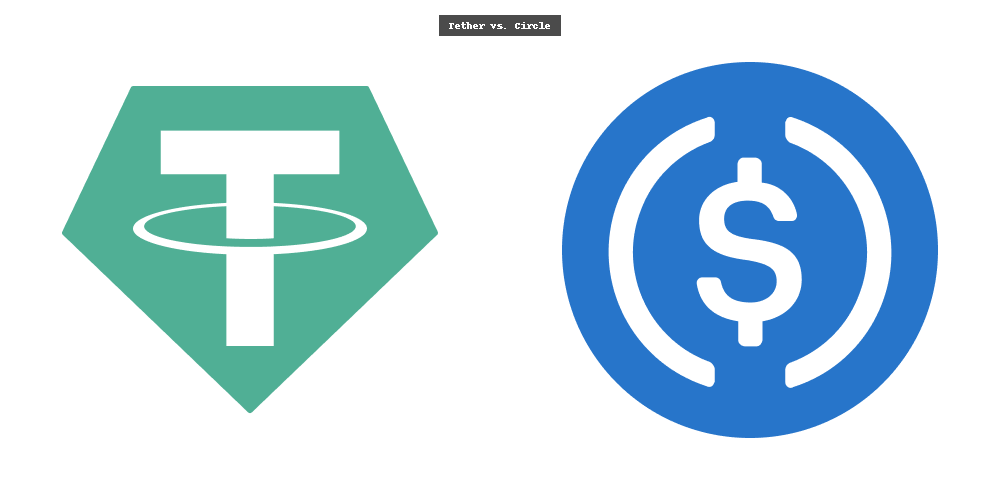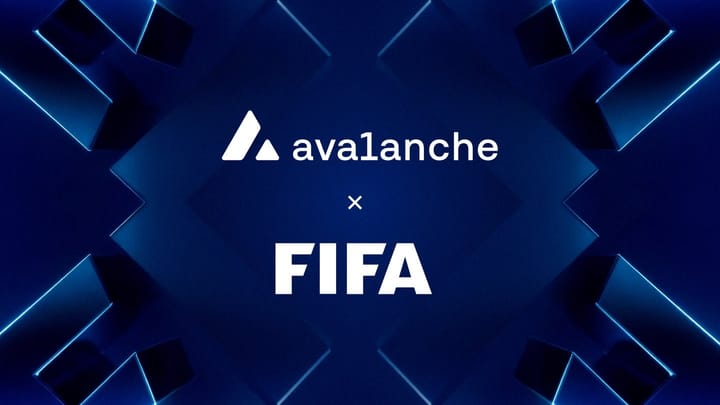Emerging Innovations Shaping the Mitosis DeFi Ecosystem
The Mitosis ecosystem, a Layer 1 blockchain built on the Cosmos SDK, is redefining decentralized finance (DeFi) by addressing liquidity fragmentation through its innovative approach to programmable liquidity. As DeFi evolves, several cutting-edge technologies are poised to enhance Mitosis’s ability to unify liquidity, optimize yields, and empower users. This article explores three pivotal innovations—cross-chain interoperability, programmable smart vaults, and shared sequencer models—that are driving Mitosis’s growth, their practical applications for liquidity providers, and their implications for the future of DeFi. Cross-Chain Interoperability and Relayer-Less Messaging Mitosis leverages advanced cross-chain communication protocols like Hyperlane, which enables secure, relayer-less messaging to facilitate seamless asset transfers across blockchains. Unlike traditional cross-chain protocols that rely on intermediaries, Hyperlane’s permissionless and modular design reduces vulnerabilities and enhances efficiency. For example, a user can deposit assets on Ethereum and earn rewards on Cosmos-based chains without custodial risks, as the protocol ensures trustless communication. By integrating with EVM-compatible chains, Mitosis bridges Ethereum’s robust smart contract ecosystem with Cosmos’s scalability, creating a unified liquidity pool that spans multiple networks. This reduces fragmentation, lowers transaction costs, and allows liquidity providers to access diverse yield opportunities, positioning Mitosis as a hub for cross-chain DeFi strategies. Programmable Liquidity and Smart Vaults At the core of Mitosis’s ecosystem is Matrix, a flagship product that introduces programmable liquidity through smart vaults. Users deposit assets into these vaults and receive tokenized miAssets and maAssets, which can be used across DeFi protocols for trading, staking, or yield farming. For instance, depositing USDC into a Matrix vault might yield miUSDC, which automatically allocates liquidity to high-yield opportunities on protocols like Aave or Osmosis, adjusting in real-time based on market conditions. This automation simplifies complex strategies, making them accessible to retail investors while optimizing returns. By pooling liquidity, Matrix vaults enhance collective bargaining power, enabling users to negotiate better terms with protocols. This innovation transforms static capital into dynamic, yield-generating assets, fostering greater participation and efficiency in the Mitosis ecosystem. Shared Sequencer Models for Scalability Mitosis is pioneering a shared sequencer model to streamline transaction processing across its ecosystem. Unlike traditional blockchains with chain-specific sequencers, this model centralizes sequencing while preserving decentralization, reducing latency and gas costs. For example, traders using Mitosis’s order book via CloberDEX’s LOBSTER engine can execute high-throughput trades, such as perpetuals or options, with minimal fees. This infrastructure supports Mitosis’s vision of a scalable DeFi platform, attracting developers building high-frequency applications. By optimizing transaction efficiency, the shared sequencer enhances liquidity deployment, ensuring assets move fluidly across chains and applications. This positions Mitosis as a leader in cost-effective, scalable DeFi solutions. Conclusion Cross-chain interoperability, programmable smart vaults, and shared sequencer models collectively empower Mitosis to address DeFi’s liquidity challenges. These innovations enable seamless asset movement, automated yield optimization, and efficient transaction processing, creating a robust ecosystem for liquidity providers and developers. To get started, users can deposit assets into Matrix vaults to earn miAssets and experiment with small allocations to explore yield potential. Developers should consider building on Mitosis’s EVM-compatible platform to leverage its scalable infrastructure. As Mitosis continues to evolve, it raises a critical question: will it set the standard for a unified, efficient DeFi landscape, or will new challenges emerge in its quest to redefine liquidity? The answers will shape the future of decentralized finance.
https://docs.mitosis.org/learn/introduction/what-is-mitosis
https://blog.mitosis.org/
https://mitosis.org/



Comments ()